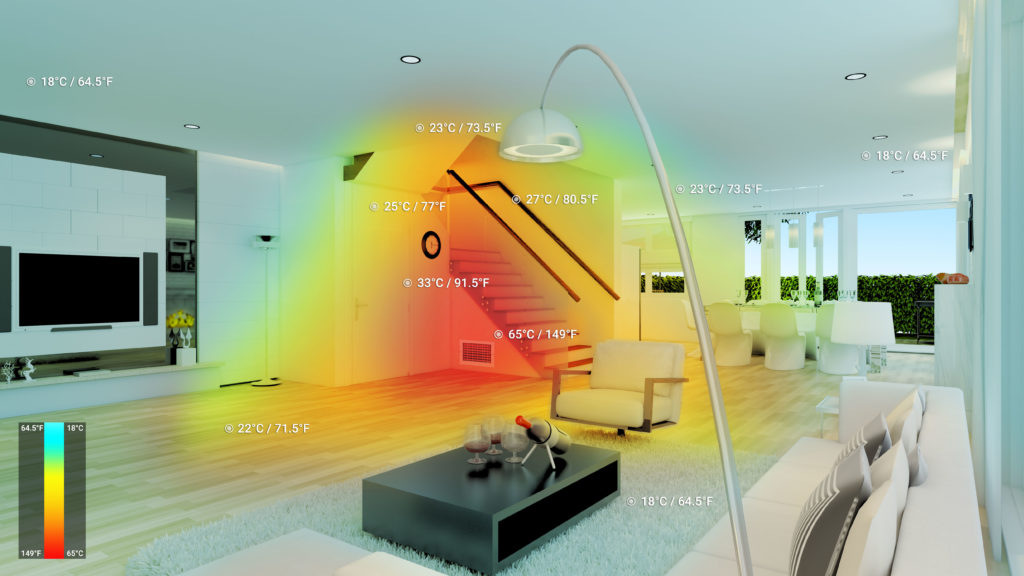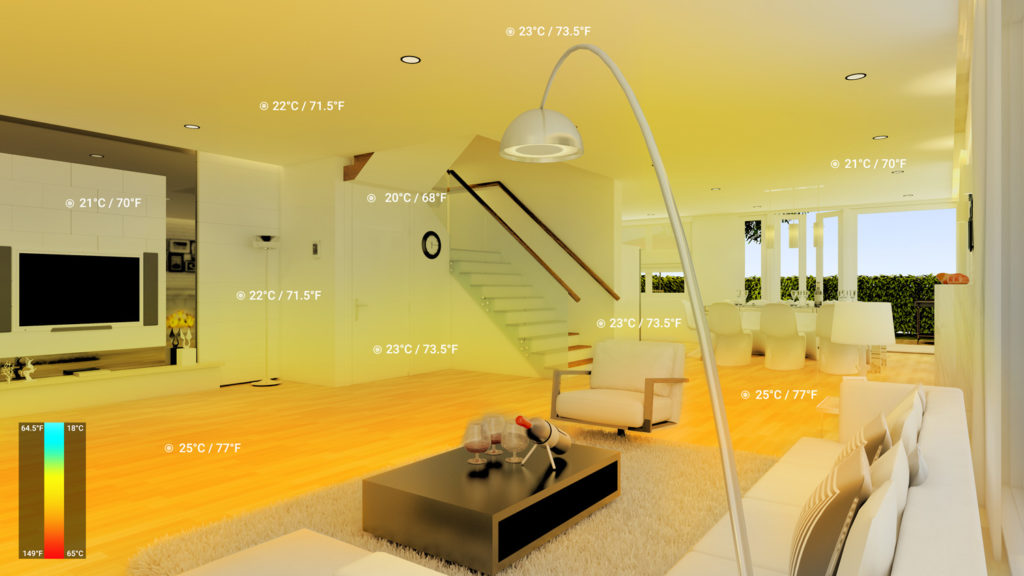Air-to-air electric heat pumps are rapidly becoming a popular technology for heating and cooling homes. Using technology similar to that found in an air conditioner, a heat pump extracts heat from the surrounding air, amplifies that heat in a refrigeration cycle, and then transfers the heat to where it is wanted. A heat pump can also run in reverse, transferring heat from inside to outside and supplying cold air from the refrigeration cycle to the inside.
Electric heat pumps help to reduce our reliance on fossil fuels, making them a sustainable choice that homeowners, builders, and developers can feel good about.
Since a heat pump transfers rather than generates heat, output can be several times greater than the power required to run it… in ideal conditions. For most electric air-to-air heat pumps, “ideal conditions” are anything above 40° F (4.5° C); however, below that temperature, they begin to lose efficiency. Below 25° F (-4° C), most heat pumps become less efficient than a modern natural gas furnace and the maximum heat output is substantially reduced. Since heat pumps struggle to produce sufficient heat to rapidly alter the home’s temperature outside of ideal conditions, if a homeowner prefers to sleep in reduced temperatures at night, it can take long time to reheat the home the next day.

Reduced efficiency and heat output below 40° F (4.5° C) makes auxiliary heating a requirement for many heat pump installations in North America. One common auxiliary heating method is to add a backup gas furnace. This method, often called a dual-fuel system, is effective, but burning fossil fuels for backup heat negates some of the environmental benefit of choosing an electric heat pump in the first place. Another solution is to utilize auxiliary electric heating coils. These coils function very much like a toaster element, adding extra heat to the air as it moves through the system. This method is less efficient than the gas furnace and requires a significant amount of extra electricity. Many “mini-split” heat pumps come with this type of backup heating built in. Typical requirements for auxiliary electric heat in a central heat pump for an average home (2000 – 2500 square feet) are 60 amps at 240 volts. That’s 14.4 kW of “backup” heating!
nVent NUHEAT to the Rescue! nVent NUHEAT systems offer increased comfort at much greater efficiency (100%) than an electric air heating coil or a gas furnace. nVent NUHEAT systems can be easily zoned to ensure the homeowner is only spending energy to heat the areas of the home that they need extra heat for. nVent NUHEAT systems can also be programmed to heat during off-peak hours, relying on the thermal mass of the floor assembly to release that heat into the living area later on. At the standard 12 W/sq.ft. configuration, a homeowner could operate 1200 sq.ft. of nVent NUHEAT for the same 60 amps / 240 volts described above; however, the system would run less because it’s more efficient. It would also offer improved comfort at a lower ambient temperature because of the nature of radiant floor heat. To put this in more realistic terms, if a nVent NUHEAT system was being used to heat a 400 sq.ft. living area during family movie night, the cost would be less than 1/3 of the backup “toaster” system and the occupants would be much more comfortable.
Are you using electric heat pumps in your projects? Click here to get in touch with one of our experts and deliver enhanced comfort, greater efficiency, improved environmental sustainability with nVent NUHEAT!


